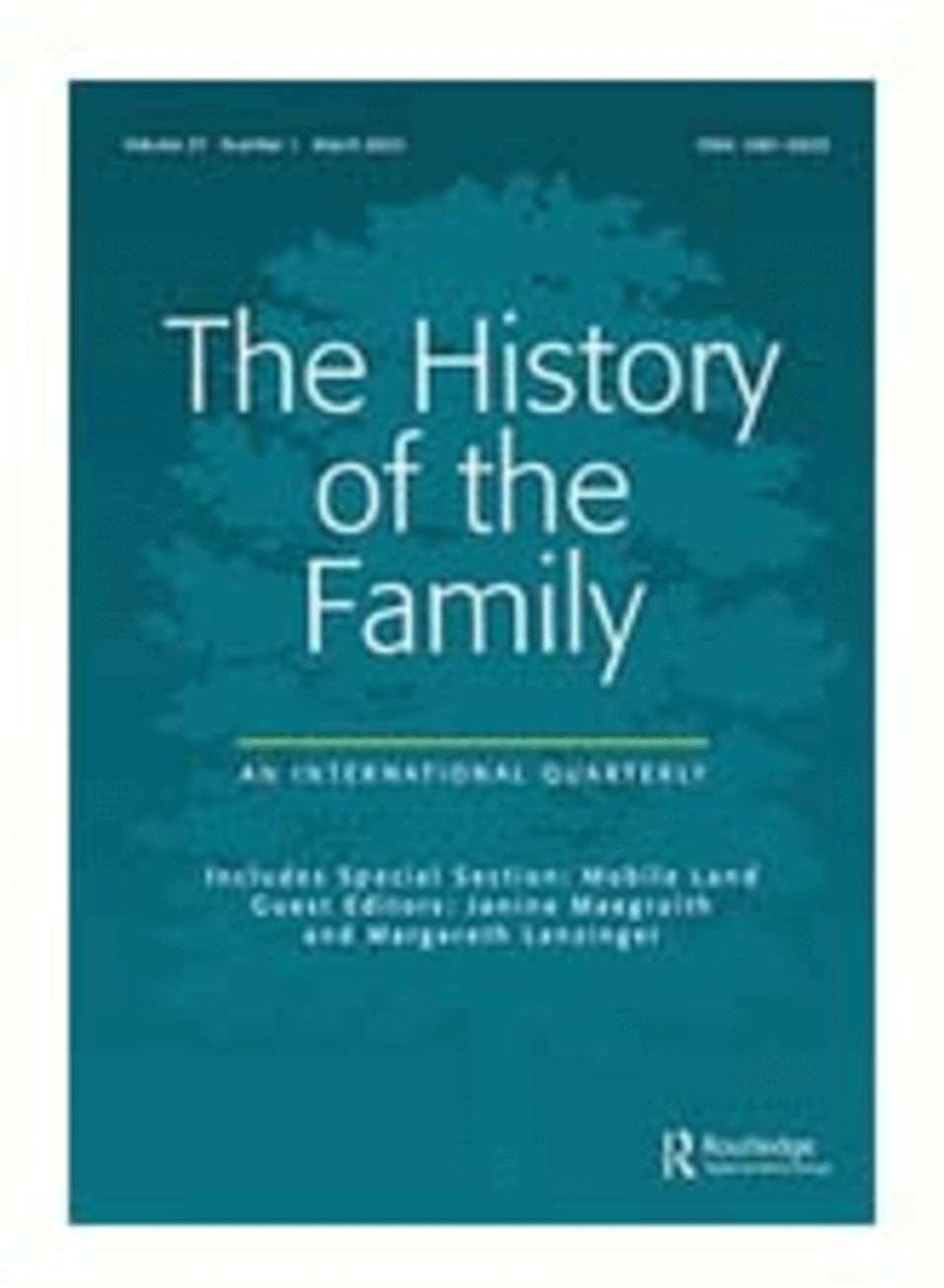Social and economic historical research has repeatedly shown that the buying and selling, transferring, and rearranging of pieces of land can be identified as various modes of dealing with land in many European regions from the Middle Ages onward. Land was therefore mobile. Furthermore, recent empirical studies have evidenced the existence of ‘land markets’ since the Middle Ages – not only in wine-growing areas or in regions with partible inheritance but also in agricultural areas with impartible inheritance. However, they also show that the definition of the ‘market’ needs broadening in order to incorporate the different modes of transfer and the various actors involved. The many forms of property exchanges, the underlying assemblage of property and land use rights, and the existence and definition of land markets are much debated topics in economic and social history. These debates differ in terms of chronology and how they define land markets and property rights: should analysis distinguish between commercial property transfers and those that can be placed within kin relations? In other words, do we understand premodern land markets in a more comprehensive way and allow for the entanglements between commercial and kin-related property exchanges? This Special Issue argues in favour of such a perspective. The introduction provides a framework to the five contributions to this special issue, which make use of multiple approaches and analyse specific legal spaces in view of land transactions and their legal, social, and economic embeddedness. Here, we discuss methodological challenges, especially the use of sources and data, present some of the main findings of the papers, and conclude with implications and questions for future research on property transfers and markets.
Introduction (pp. 1-10)
Mobile land: modes of transfer – varieties of contexts (online, free access)
Janine Maegraith and Margareth Lanzinger
doi.org/10.1080/1081602X.2022.2058980

